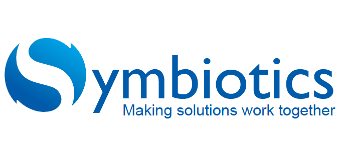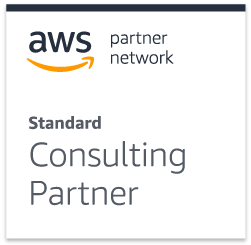Be a people-centric business. Really interrogate what that means by looking at your current business model and by asking yourself, am I putting people first? Were these products and services built for people in mind or the bottom line or to satisfy stakeholders? Do people really care about what you do? If you don’t think they do, then you’re probably not a people-centric business.
This narrative is a little like bearing our souls but we consider ourselves a people-centric business and openness is a key aspect of this. Back in the day (which means 10 years ago as opposed to before the Rinderpest) we engaged with a client, developed our understanding of the requirements, or so we thought, and went away and started developing furiously. At the next review some 6 weeks later we had done much work on the server side but had nothing to show for it, nothing the client could see and this resulted in one very disappointed client.
So what have we learnt from that experience?
Two lessons at least:
Firstly, clients can’t identify with something they can’t see. Demonstrating progress through visualization is crucial. Seeing is believing!
Secondly, “disappearing” for long durations is disconcerting. Leaving the client in the dark is unacceptable. “Please don’t be concerned we have 4 people working on your application and we’ll provide you with an update soon” just doesn’t cut it.
What have we been doing to overcome this lack of client empathy?
 We have developed a User Experience (UX) competency, a skill which we, in our naivety, never thought would be required. Today many more services are being digitized and delivered through some form of screen interface which means that a client’s first impression of their service provider is formed by what they see and how intuitive it is to use.
We have developed a User Experience (UX) competency, a skill which we, in our naivety, never thought would be required. Today many more services are being digitized and delivered through some form of screen interface which means that a client’s first impression of their service provider is formed by what they see and how intuitive it is to use.
Our proposals detail our client’s involvement in the project which enables our client to commit the required time and resources. We agree upon expectations from both parties and agree on a clear understanding of our respective roles and responsibilities. The engagement doesn’t commence without this acceptance.
We have a client workshop at the commencement of each 2-3 week development iteration or sprint to review progress, provide a forum for change and agreed client acceptance criteria for that sprint.
Our 2-3 week development cycle results in a deliverable, some function our client can see and possibly use thereby releasing value continuously.
We provide our clients with access to our project tracking system. They see what we see.
Our development activities are now prioritized with the objective of providing a “look and feel” experience as early in the development cycle as possible. In addition, it’s far easier for our clients to firm up their requirements once they have sight of the user interface from a visual and navigation perspective
We accept the fact that requirements are fluid and change is managed through adoption of the Agile development methodology which, pertinent to client-centricity, is best described by the following:
“Agile development relies on close cooperation and collaboration between all team members and stakeholders.
Agile development principles include keeping requirements and documentation lightweight, and acknowledging that change is a normal and acceptable reality in software development”.
Are we done?
Are we now adopting best practices in people-centricity? Not by any measure. Excuse the cliché but we only really learn from getting things wrong and, through the application of our core value, Lifetime Learning, are on our journey of continuous improvement.
In conclusion
Think about the world, your neighbours, the environment. Think about the impact you’re making. Make your business more human.
Related Posts:
10 Lessons on becoming a business that will survive the Internet Age
Published courtesy of Future World and because these lessons resonate with us
Background
Symbiotics Custom software development services have evolved over our 22-year development journey – a journey designed to assist other companies to grow.
As early adopters of the Java development platform, we have allowed many blue chip companies to turn their business challenges, ideas and requirements into viable solutions, making them more competitive and increasing their bottom line.
Our steadfast belief in constant innovation enabled us to become one of the first appointed Amazon Web Service Consulting partners, making our offering even more complete and robust than ever before.
At Symbiotics, we work closely with you to develop, maintain and grow your concept into a reality, at affordable rates.




Custom Software Development